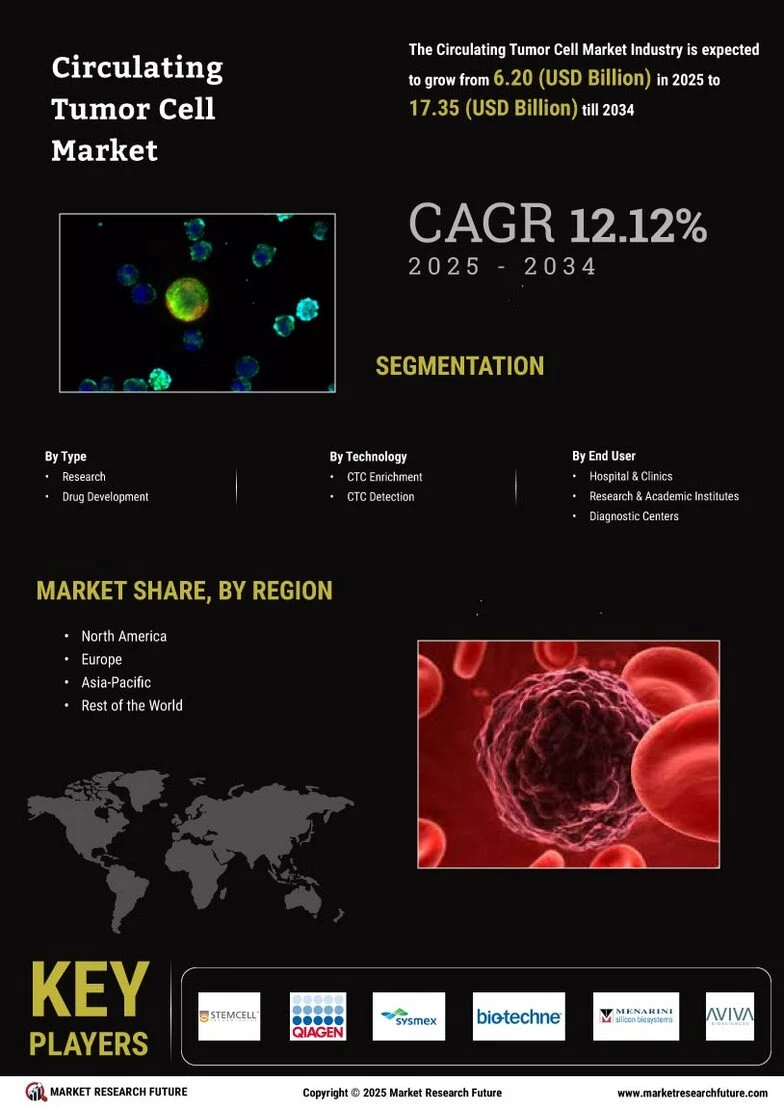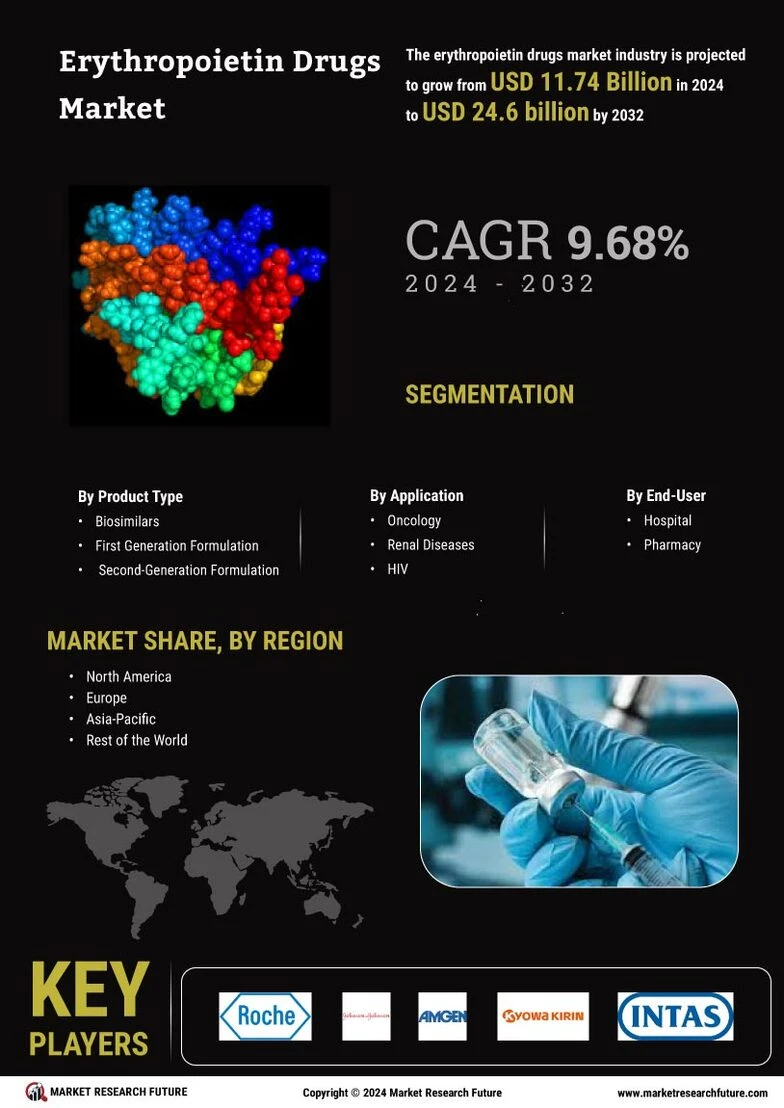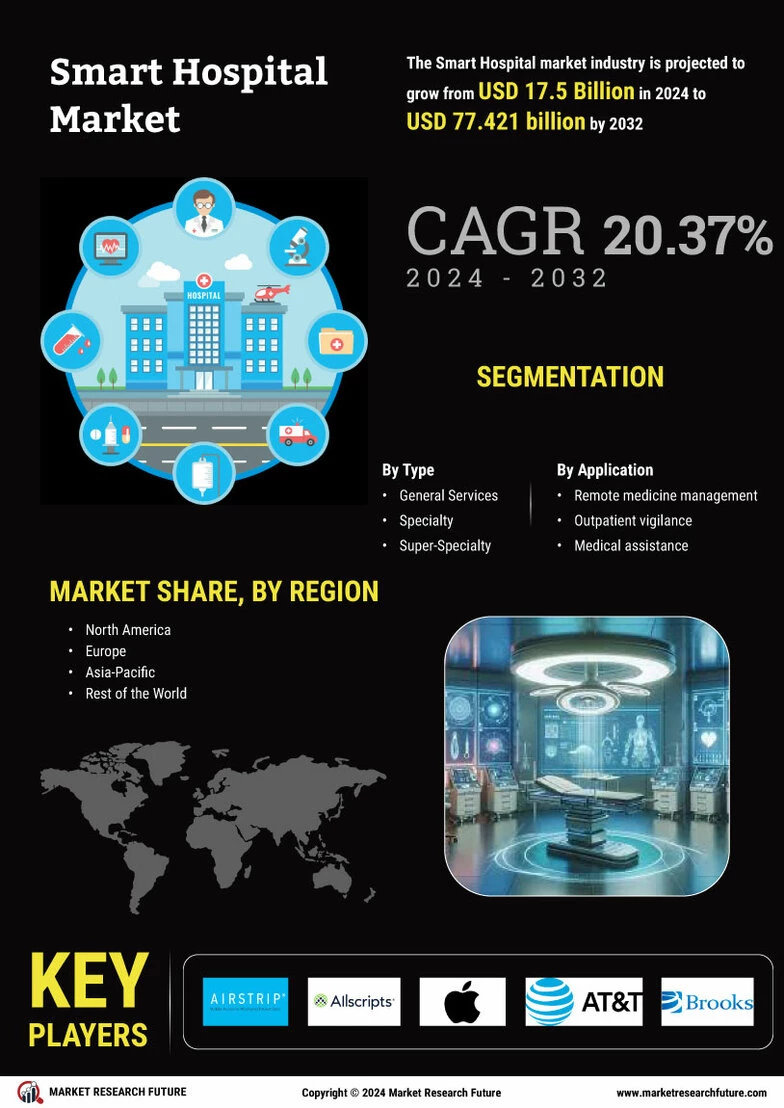Regional Advancements in the Technology Spending on Healthcare Core Administration Market
The Technology Spending on Healthcare Core Administration Market is evolving rapidly across regions, with distinct adoption trends shaping the overall landscape. North America leads due to its established healthcare infrastructure and early integration of digital administrative technologies. The U.S. and Canada are focusing on modernizing billing, enrollment, and claim management systems to reduce operational inefficiencies. Meanwhile, Europe’s growing regulatory compliance requirements are prompting investments in cloud and AI-based administrative platforms. Asia-Pacific is emerging as a key growth region, driven by expanding healthcare coverage, government digitization initiatives, and a surge in medical insurance enrollments.
Get Full Reports :https://www.marketresearchfuture.com/reports/technology-spending-on-core-administration-in-healthcare-market-30232
Regional differences in technology adoption are fostering tailored strategies for healthcare administrators and IT vendors. Latin America and the Middle East are increasingly exploring healthcare automation to manage growing patient volumes efficiently. As digital transformation accelerates worldwide, regional collaborations and knowledge sharing are becoming vital for innovation. Explore detailed regional insights in the Technology Spending on Healthcare Core Administration Market region
.
FAQs
Q1. Which region dominates the market?
A1. North America currently holds the largest share due to early technology adoption and a robust healthcare IT ecosystem.
Q2. Which region shows the fastest growth potential?
A2. Asia-Pacific is the fastest-growing region, driven by policy support and rapid healthcare infrastructure expansion.
The Technology Spending on Healthcare Core Administration Market is evolving rapidly across regions, with distinct adoption trends shaping the overall landscape. North America leads due to its established healthcare infrastructure and early integration of digital administrative technologies. The U.S. and Canada are focusing on modernizing billing, enrollment, and claim management systems to reduce operational inefficiencies. Meanwhile, Europe’s growing regulatory compliance requirements are prompting investments in cloud and AI-based administrative platforms. Asia-Pacific is emerging as a key growth region, driven by expanding healthcare coverage, government digitization initiatives, and a surge in medical insurance enrollments.
Get Full Reports :https://www.marketresearchfuture.com/reports/technology-spending-on-core-administration-in-healthcare-market-30232
Regional differences in technology adoption are fostering tailored strategies for healthcare administrators and IT vendors. Latin America and the Middle East are increasingly exploring healthcare automation to manage growing patient volumes efficiently. As digital transformation accelerates worldwide, regional collaborations and knowledge sharing are becoming vital for innovation. Explore detailed regional insights in the Technology Spending on Healthcare Core Administration Market region
.
FAQs
Q1. Which region dominates the market?
A1. North America currently holds the largest share due to early technology adoption and a robust healthcare IT ecosystem.
Q2. Which region shows the fastest growth potential?
A2. Asia-Pacific is the fastest-growing region, driven by policy support and rapid healthcare infrastructure expansion.
Regional Advancements in the Technology Spending on Healthcare Core Administration Market
The Technology Spending on Healthcare Core Administration Market is evolving rapidly across regions, with distinct adoption trends shaping the overall landscape. North America leads due to its established healthcare infrastructure and early integration of digital administrative technologies. The U.S. and Canada are focusing on modernizing billing, enrollment, and claim management systems to reduce operational inefficiencies. Meanwhile, Europe’s growing regulatory compliance requirements are prompting investments in cloud and AI-based administrative platforms. Asia-Pacific is emerging as a key growth region, driven by expanding healthcare coverage, government digitization initiatives, and a surge in medical insurance enrollments.
Get Full Reports :https://www.marketresearchfuture.com/reports/technology-spending-on-core-administration-in-healthcare-market-30232
Regional differences in technology adoption are fostering tailored strategies for healthcare administrators and IT vendors. Latin America and the Middle East are increasingly exploring healthcare automation to manage growing patient volumes efficiently. As digital transformation accelerates worldwide, regional collaborations and knowledge sharing are becoming vital for innovation. Explore detailed regional insights in the Technology Spending on Healthcare Core Administration Market region
.
FAQs
Q1. Which region dominates the market?
A1. North America currently holds the largest share due to early technology adoption and a robust healthcare IT ecosystem.
Q2. Which region shows the fastest growth potential?
A2. Asia-Pacific is the fastest-growing region, driven by policy support and rapid healthcare infrastructure expansion.
0 Commentarii
0 Distribuiri
9 Views
0 previzualizare








